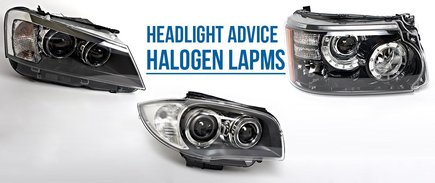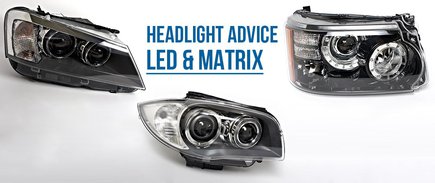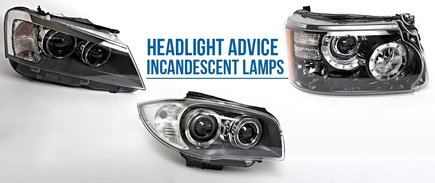
Types of headlights: xenon lamps
After many years of domination of halogen-type lamps in the market of car lights, rise of xenon lamps became revolutionary solution for car amateurs. Bright light of spectrum, which is pleasant for the eyes, given by lamps of this type, significantly excelled options provided by all technical solutions available at that moment.
In xenon-type lamps, light flux has been created by electric arc between electrodes, hermetically sealed in a bulb with ionized gas. In bi-xenon lamps, which entered into market a bit later, moving metal shield was added, which allowed regulating light flux.
Light radiated by lamps is brighter than light produced by halogen lamps; moreover, wider shape of beam of light improves lighting of lateral edges. Furthermore, spectral composition is closer to natural solar spectrum, thus not exhausting driver’s eyes and allowing seeing objects at large distance and in lateral fields. Another important advantage is lack of glare on raindrops and fog, as the driver does not get dazzled.
Modern xenon lamps have standard types of caps. The most widespread are lamps of D1S, D1R, D2S, D2R, D3S, D3R, D4S and D4R types (where “S” means lamp for lights of spotlight type, and “R” — for lights of reflecting type).
Advantages:
- 2-3 times higher power of light beam, comparing to halogen lamps,
- Large width of the light beam,
- Good visibility at large distance from the car,
- Increased length of service, exceeding indicators of halogen lamps,
- Low energy consumption, which reduces load to generator,
- Significantly much lower heat dissipation,
- Compact size,
- Light spectrum is maximally close to solar one, and driver’s eyes do not get tired,
- The light does not create glare from raindrops and fog, and does not get dispersed in the fog,
- Persistent to mechanical influence, trembling and vibrations,
- Possibility of installation into plastic lights,
Disadvantages:
- Expensiveness,
- Slow switching on, therefore suitable only for lower beam,
- Decrease in intensity of light beam and changes in radiation spectrum in exploitation process,
- Very accurate regulation and frequent control of optics is necessary so that powerful beam of light would not tease vision of drivers driving towards you,
- In some European countries, exploitation of xenon lights is prohibited, if there is no system of automatic correction of lights,
- Additional complex electronic management systems and voltage transformers are needed,
- System of additional cooling is necessary,
- Technical complexity of use in adaptive lights,
- During replacement, it is necessary to replace lamps in pairs, increasing costs even more,
- Installation of light washers is recommended for better performance,
Installation of xenon lamps, which requires supply of particular electronic nodes in automotive power system, is quite complex problem, calling for professional knowledge. We recommend consulting with our managers concerning all issues related to choice and installation of xenon and bi-xenon lamps into your car, who will gladly provide all necessary information to you.











